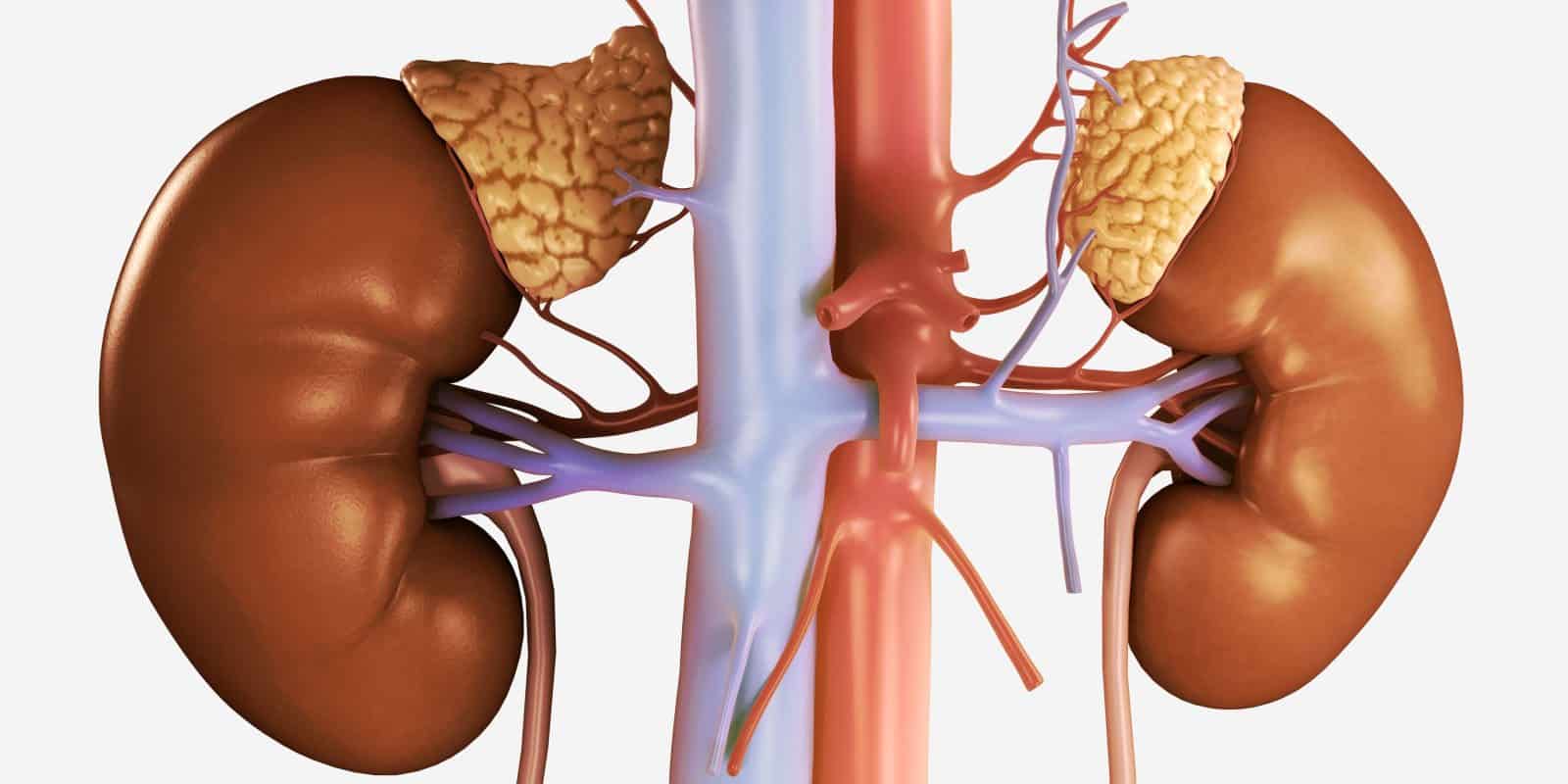Urine-Derived Cells Helps Design Synthetic Adrenal Gland
“It is a first step in generating an artificial adrenal gland which would benefit all patients with adrenal insufficiency,” said first author Leonardo Guasti from Queen Mary’s William Harvey Research Institute. “Regenerative medicine application for adrenal disorders have been neglected compared to other endocrine fields, such as the word-wide effort to generate functional endocrine pancreas to cure type-I diabetes. This study closes this gap.”
The adrenal glands, located on the top of each kidney, are responsible for releasing different hormones. The adrenal cortex is a major steroid-producing organ, secreting glucocorticoids under the control of adrenocorticotropic hormone (ACTH), secreted by the anterior pituitary gland, and mineralocorticoids under the control of the renin-angiotensin system. Adrenal gland disorders occur when the adrenal glands produce too much or too little of these hormones, which can affect growth, development, and metabolism.
In the research, the authors describe for the first time the generation of steroid-producing cells (named human inducible steroidogenic cells, hiSCs) from skin, blood and urine of healthy donors and patients with congenital adrenal disorders. hiSCs were used to model adrenal diseases and used to assess personalized treatments. hiSCs were also shown to be viable when transplanted
into the mouse kidney capsule and intra-adrenal.The reprogramming was achieved by forcing the expression of a single protein (a transcription factor) and the activation of two signalling pathways. The newly generated hiSCs expressed the enzymes responsible for steroid production and crucially were responsive to physiological stimuli, such as the secretion of corticol upon ACTH stimulation.
The team then altered the steroid profile of hiSCs generated from patients with a monogenic adrenal disorder (congenital adrenal hyperplasia). When the non-mutated gene was re-introduced into these cells, the steroid profile was back to normal, and similar to that observed in hiSCs obtained from healthy donors.
Dr Leonardo Guasti added: “It represents an entirely new concept for the study of the adrenal gland as the ability to generate donor-specific and functional adrenal-like cells will facilitate the next generation of cell-based treatments for adrenal insufficiency, the modelling of adrenal specific diseases, and the testing of personalised interventions on cells derived from patients.”































